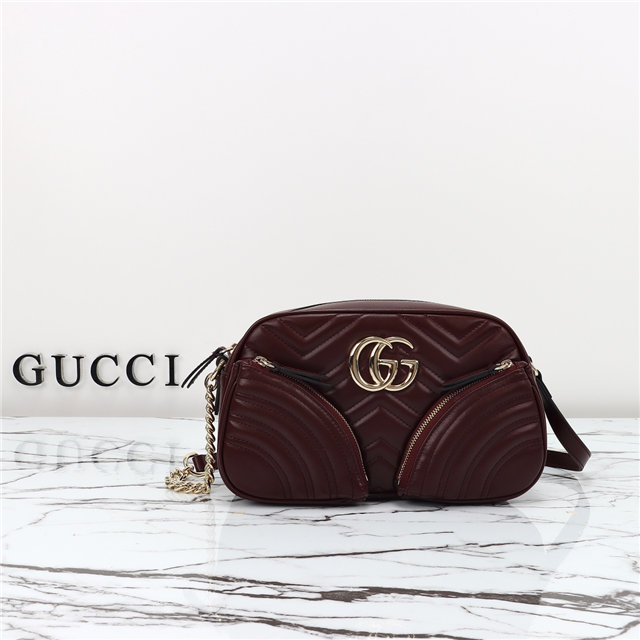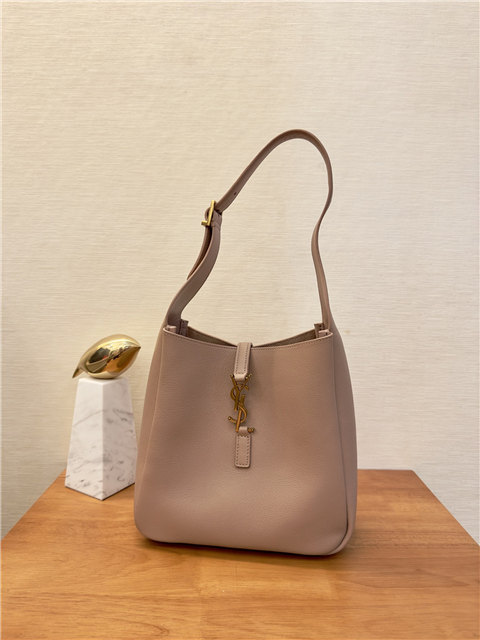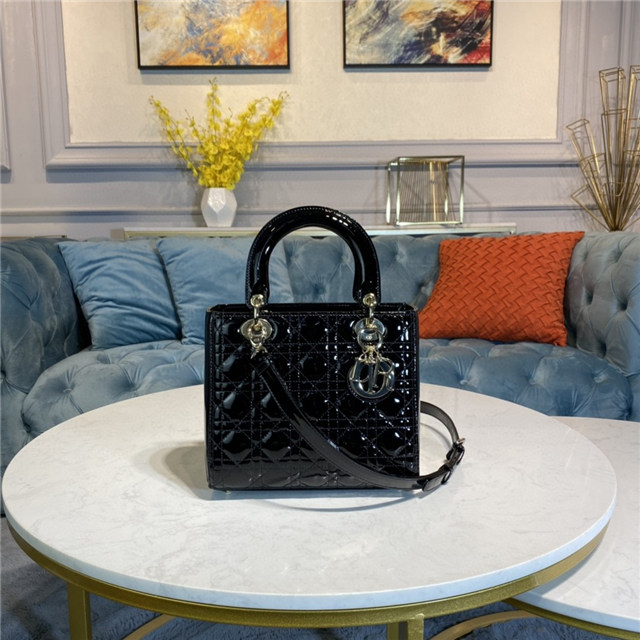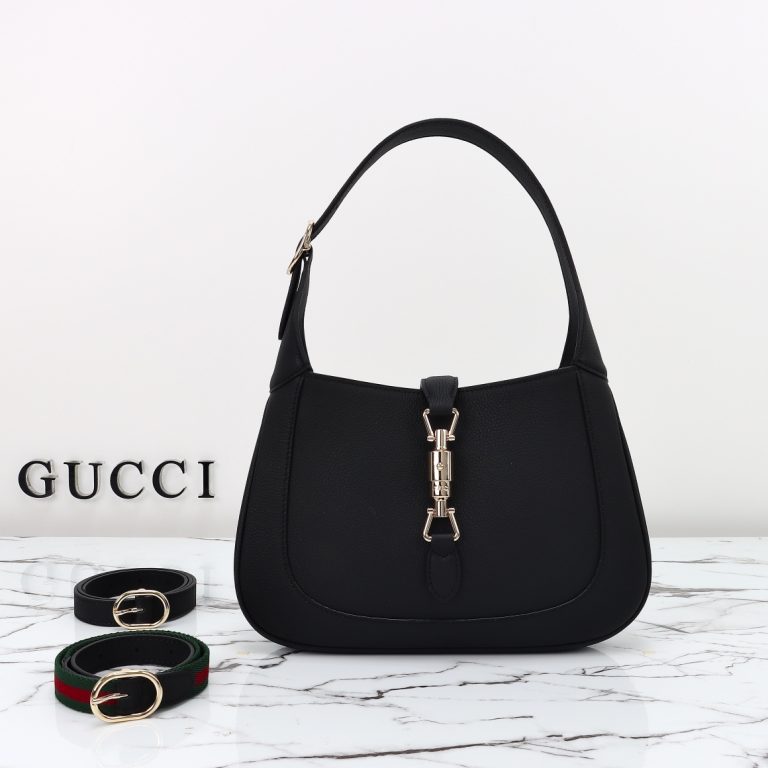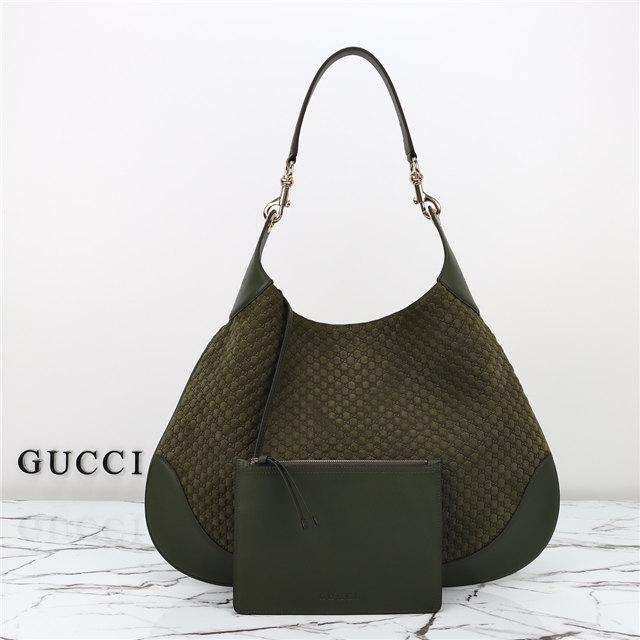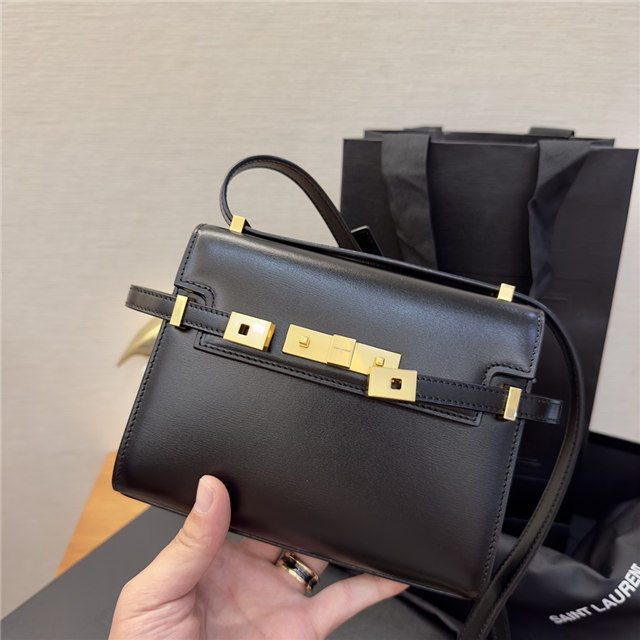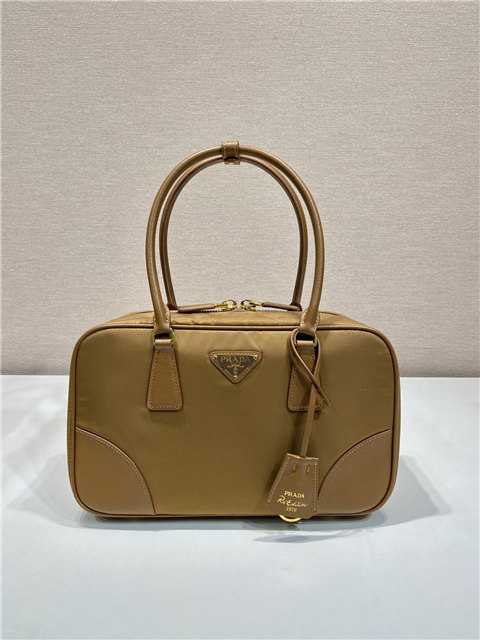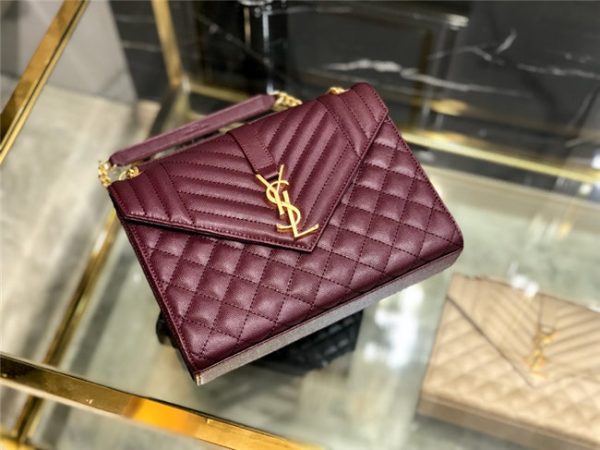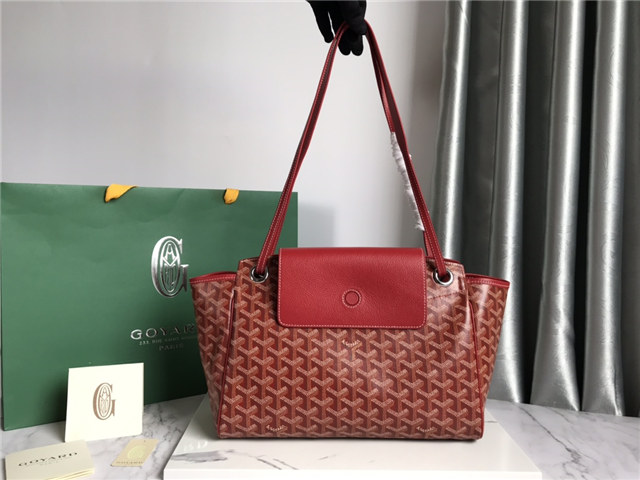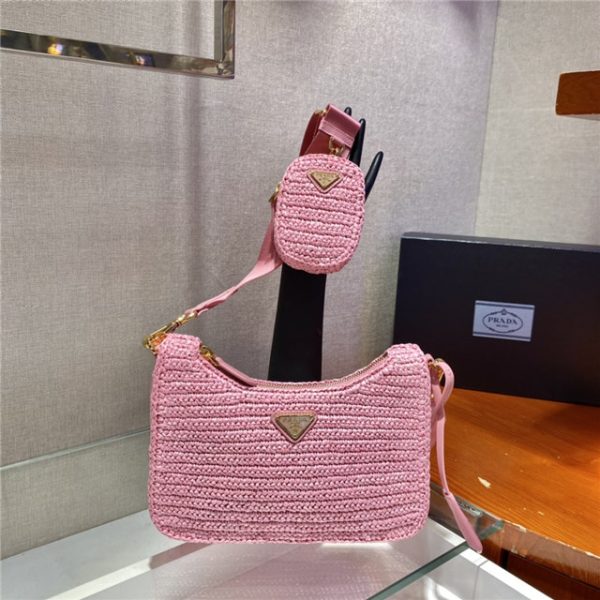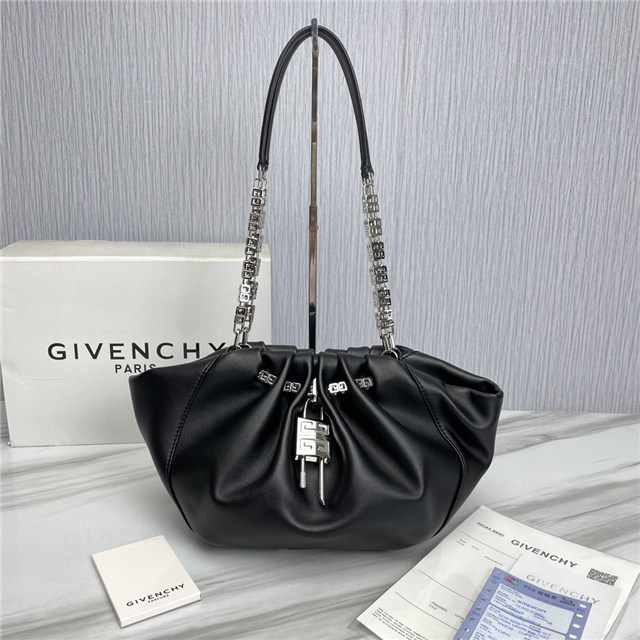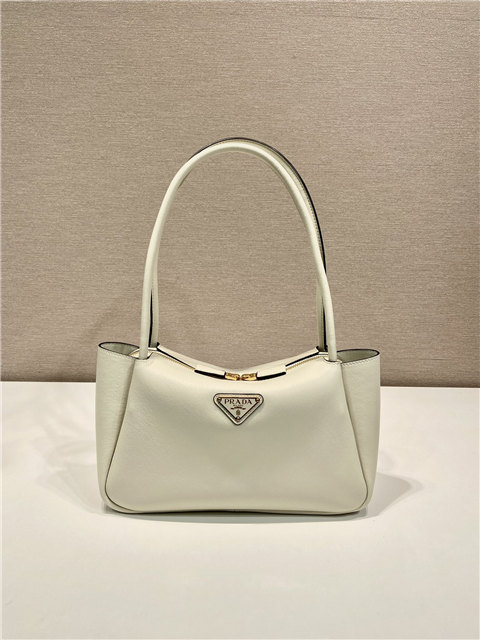First things first, let’s talk serial numbers. Supposedly, every genuine Invicta has a unique serial number engraved on the back. The theory is, this number should match some database or certificate somewhere. But honestly? How often does that *actually* work out? I’ve heard stories of people finding the “correct” number but still having a sus-looking timepiece. So, serial numbers are a good starting point, but don’t bet the farm on it.
Now, let’s get visual. Look *closely* at the details. Invicta, for all its flamboyant designs (I mean, some of those things are *loud*), usually has pretty decent quality control. Check the finishing. Is it clean? Are the edges sharp and defined? Does the gold-tone (if it’s supposed to be gold-tone) look like actual gold or some cheap, plasticky spray-paint job? A real Invicta Pro Diver, for example, should have a proper brushed gold finish. A fake might just look…off.
Also, branding is key. Does the Invicta logo look crisp and well-defined? Or is it smudged, crooked, or just plain weird? If the logo looks like it was applied by a toddler with a shaky hand, alarm bells should be ringing. Sometimes, even the *font* is a dead giveaway.
And hey, don’t forget the stem! The stem, that little knob you use to set the time, should have Invicta branding on a real one. A blank stem? Probably a fake.
But honestly, sometimes it’s just a gut feeling. If the price seems too good to be true, it probably is. If the seller is dodgy and avoids answering your questions directly, run for the hills.
I saw one article that mentioned fake Invictas sometimes lacking brand markings altogether or having altered markings. That’s just brazen! But it proves the point: you gotta be vigilant.
And don’t just rely on one thing! Use a combination of checks. Serial number, visual inspection, gut feeling… all contribute to the bigger picture.

